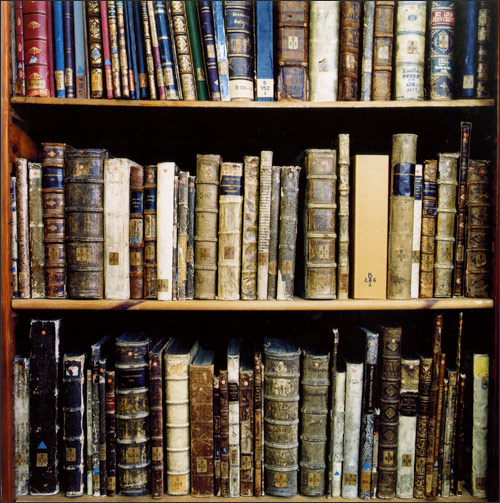The Dutch and the Patroons
Stanley Rubenstein
[An essay included in an historical series published
by
the Henry George School of Social Science, New York, NY - 1967]
One memorable September day, almost three hundred and fifty years
ago, the Half Moon under the command of Henry Hudson, sailed into the
harbor of New York, and ushered into the New World a part of the Old
World. The subsequent fifty year period was one of trading and
settlement by the Dutch, with many roots of land ownership and tenure
formulated. It appears characteristic of many colonial powers to
transplant the archaic traits of their culture and economy in
colonies. A case in point is the Netherlands, for many of its
democratic aspects appear not to have taken root in their New York
settlements.
Although he was English by birth, Henry Hudson transferred his
reportings of discoveries in the New World to the Dutch East India
Company. Since the United Netherlands was primarily a sea-faring
country during the first half of the seventeenth century, trade was of
prime consideration and colonization secondary. Therefore, rather than
commence emigration on a scale comparable to the English, the
establishing of trading posts was of utmost importance. Accordingly a
charter was granted by the Estates General of the United Netherlands
to the New Netherland Company authorizing exclusive rights to visit
and navigate the area called New Netherlands.
The Dutch West India Company, several years later, was granted a new
charter with almost unlimited powers, and an era started which had
collateral effects in rent riots two centuries later, and three and a
half centuries later in land ownership. In 1623 the New Netherland set
sail under auspices of the newly chartered trading company with
approximately thirty Walloon families, for the purpose of
colonization. These families of hearty Protestant stock were deposited
at strategic locations in lower Manhattan, along the Delaware and
Connecticut rivers, on the western shore of Long Island and in Albany.
Colonization progressed at a slow rate and the Dutch company and the
Estates General were anxious to facilitate the process. In 1629 they
both adopted the Charter of Freedom and Exemptions which authorized
private persons, with the permission of the governor and his council,
to "choose and take possession of as much land as they could
properly cultivate and hold in full ownership." The Dutch company
granted to certain members known as patroons, manorial rights
frequently in conflict with the system conceived by Van Rensselaer,
one of its directors. Since permanent settlers were needed for
successful colonization; he evolved the plan of granting large estates
to men who would pay the cost of transporting and settling them. A
bona fide patroon was one who obtained fifty adults within a period of
four years. This entitled him to have lands extending sixteen miles on
one side or eight miles on both sides of a river and as far in as
necessary.
The system of patroonship resembled in many respects feudalistic
times in medieval Europe. The patroon administered justice and
established the court system to implement it. He received a tenth of
all grains, fruits and other products raised; obtained a rent of 500
guilders or $200 a year; and received from the occupants of the
patroonship a multitude of services including quit rent, wheat, butter
and fowl. The Rensselaerwyck was the most successful and after several
purchases controlled the counties of nearby Albany, Rensselaer and
part of Columbia, but there were others whose size was a major factor
in their importance. The Van Cortland manor comprised 85,000 acres,
and the Livingston manor, now located in Columbia County, 160,000
acres. Cortnelis Melyn controlled all of Staten Island, Thomas Pell
controlled Pelham, James Lloyd possessed Lloyd's Neck on northern Long
Island, John Archer owned Fordham, and Caleb Heathcote occupied
Scarsdale.
Although history has a tendency to record mainly the grandeur of the
large estates, the majority of the colonists were neither patroons nor
lords of the manors. Those who. occupied western Long Island and
various points along the Hudson river played an important role in the
development of the province. The patroonship system was doomed to
failure because it attempted to implant a feudalistic society in an
area where much land could be obtained. free, oz for beads, shells,
blankets and trinkets traded to the Indians.
In 1664 the Dutch ceased to rule in New York for they were defeated
by the English. The lords of the manor now took on proportions of a
landed aristocracy. A footnote to the cessation of Dutch rule in New
York was the recognition by the Duke of York of England of the
validity of all titles granted by the Dutch Trading Company.
|











